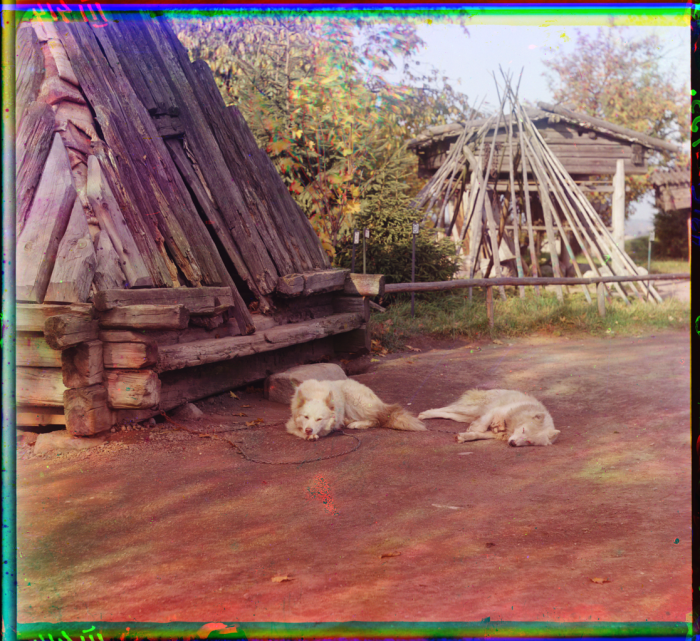Throughout the seventies and into the eighties, the black market had become “a fact of Soviet existence.” Seventeen Moments talks of the building of a car park and the different factors that went into the decision of whether to follow the law, which would lead to likely failure, or make use of the Soviet black market for their needed supplies to actually complete the project.
The Soviet economy was very labor-dependent and throughout the seventies, they experienced many labor shortages. This was a problem because the 24th Party Congress and the Ninth Five-Year Plan placed emphasis on consumer goods more than capital goods. The industrial market could not provide those consumer goods at the rate they were needed, so oil was the saving grace for the Soviets. The profits from their foreign oil sales allowed them to pay for imported consumer goods (Freeze 443).
“Virtually every citizen became a de facto criminal in the quest for a more comfortable life.” There was issues with getting simple consumer services, such as appliance fixes or medical services and this gave rise to a necessary black market. This cartoon image displays this scarcity, “the plumbing in our house is in a state we cannot bear, and the Department of Waterworks almost a year just answers our letters in bold and vigorous papers…while we carry the water on our backs and shoulders.”
This type of Second Economy, or blackmarket, gave rise to another reaction to shortages in Soviet Economy, called Blat. Blat is defined as, “an exchange of favours or access to public resources in conditions of shortages and a state system of privileges,” according to Alena V. Ledeneva’s book. Blat, just like the second economy was both vital to its survival and at rival with it, as all acts of the Second Economy were illegal with harsh punishments. Blat is similar to nepotism and is slightly different than the black market because it relied on the personal relationships from one donor to another, they became irreplaceable (Ledeneva 173). A favor or good given did not always result in an immediate favor in return, but was never forgotten.
In this clip (make sure to turn the subtitles on) from the movie by Eldar Riazanov, titled The Garage, shows of the situation with the car park building that I discussed at the beginning of this post. The clip appears to be showing the workers being told that they will have to accept the son of a gentleman named Miloserdov who seems to be influential, into their building cooperative. Some of the people in the cooperative did not think it would be an issue, but others stand up and say things like “the big boss used his sway (blat) to shove his little boy on us.” This clip shows how blat worked during these times and how it forced some others out of work, but allowed for jobs to be completed.
Blat networks were how many Soviets made it through when the government could not meet their needs easily or at all. This blog I found shows pictures from Ledeneva’s book I referenced earlier, that give more insight into how these beat networks ran. The first image shows how she met her various needs, such as food or healthcare, and who would help her to meet those needs. The second pictures shows another list of a Soviet’s blat network with their various needs and who was going to help them to meet those needs.
It’s all about who you know. This is not just a Soviet ideal during the 1970s and 1980s, but one that lingers today. Not just in the Soviet Union, but here in the United States as well. Human connections are irreplaceable when times are tough.
Sources:
http://soviethistory.msu.edu/1980-2/underground-economy/
https://www.jstor.org/stable/4201138?seq=1#page_scan_tab_contents
Freeze Text: Freeze, Gregory L. Russia: a history. Oxford: Oxford U Press, 1997. Print.
Image: http://soviethistory.msu.edu/1980-2/underground-economy/underground-economy-images/#bwg196/991






